Eastern Washington had cheap power and tons of space. Then the suitcases of cash started arriving.
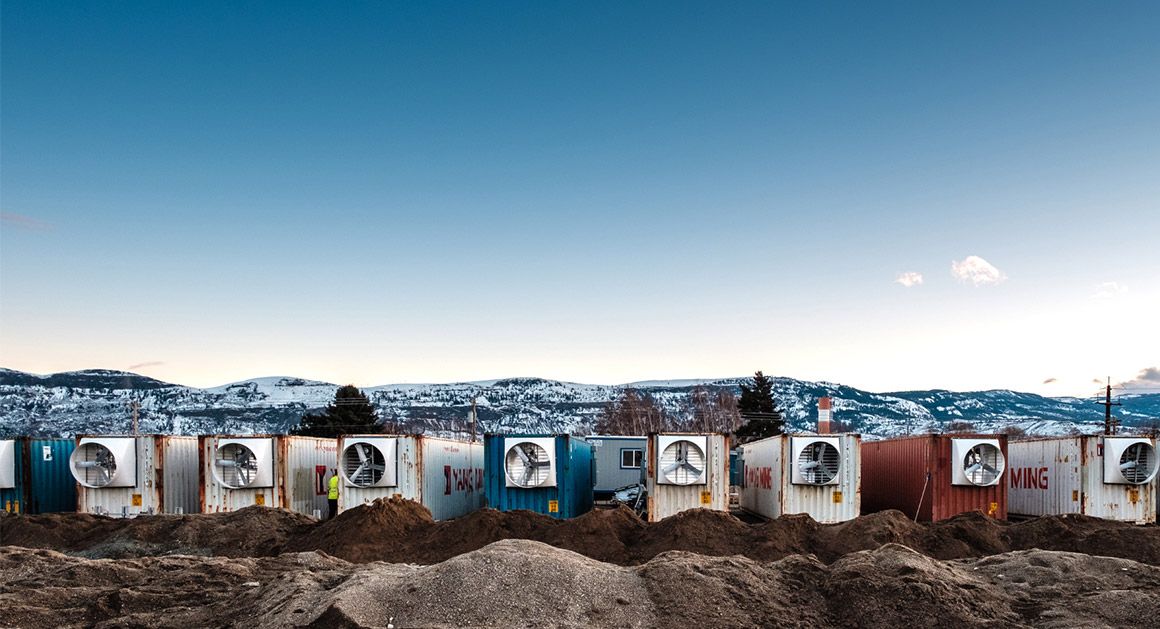

Like our page to learn more about China and see stories from the US.

Despite its remaining mystery, the ocean is a complex working environment, widely used for fishing, shipping and recreation; but so far largely untapped for energy generation. OCEANERA-NET seeks to give the industry the boost it needs.
The European Union coastline runs to around 66 000 kilometres. This vast stretch holds a largely unexploited potential for ocean generated electricity, calculated to be around 380 GW by DG MARE (the EU Directorate responsible), constituting a significant contribution to the EU’s 2020 targets for renewable energy.
Presently, there are a number of Member States funding research and development into ocean energy technology. However, these efforts are not coordinated and so not the game-changers they could be.
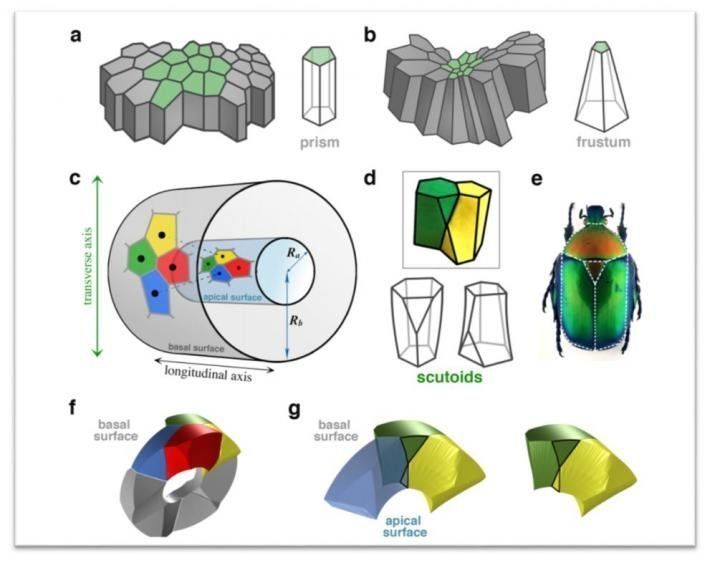
These cells pack together tightly. To accommodate the curving that occurs during embryonic development, it has been assumed that epithelial cells adopt either columnar or bottle-like shapes.
However, a group of scientists dug deeper into this phenomenon and discovered a new geometric shape in the process.
They uncovered that, during tissue bending, epithelial cells adopt a previously undescribed shape that enables the cells to minimize energy use and maximize packing stability. The team’s results will be published in Nature Communications in a paper called “Scutoids are a geometrical solution to three-dimensional packing of epithelia.”

The trouble with microphones is that they don’t just hear — they have to listen. Powering the mic and its signal processor means using energy, and energy means a battery, and a battery means charging. This new microphone-like system hears more like the way our own ears do, requiring little or no power, and could help fill the world with voice-responsive machines. (If that’s something we really want.)
The device is called a “triboelectric auditory sensor,” and it works via what’s called the triboelectric effect — essentially when two surfaces rub together and create a charge. They’re still trying to figure out why this happens, but what matters to engineers is that it happens reliably.
Triboelectric nanogenerators have been around for a few years, creating power by having two compatible materials interact with each other at super-small scales. While they’re tiny and highly efficient, they don’t actually produce a lot of power. Researchers from Chongqing University found that, fortunately, you don’t need a lot of power for the purposes of detecting sound.
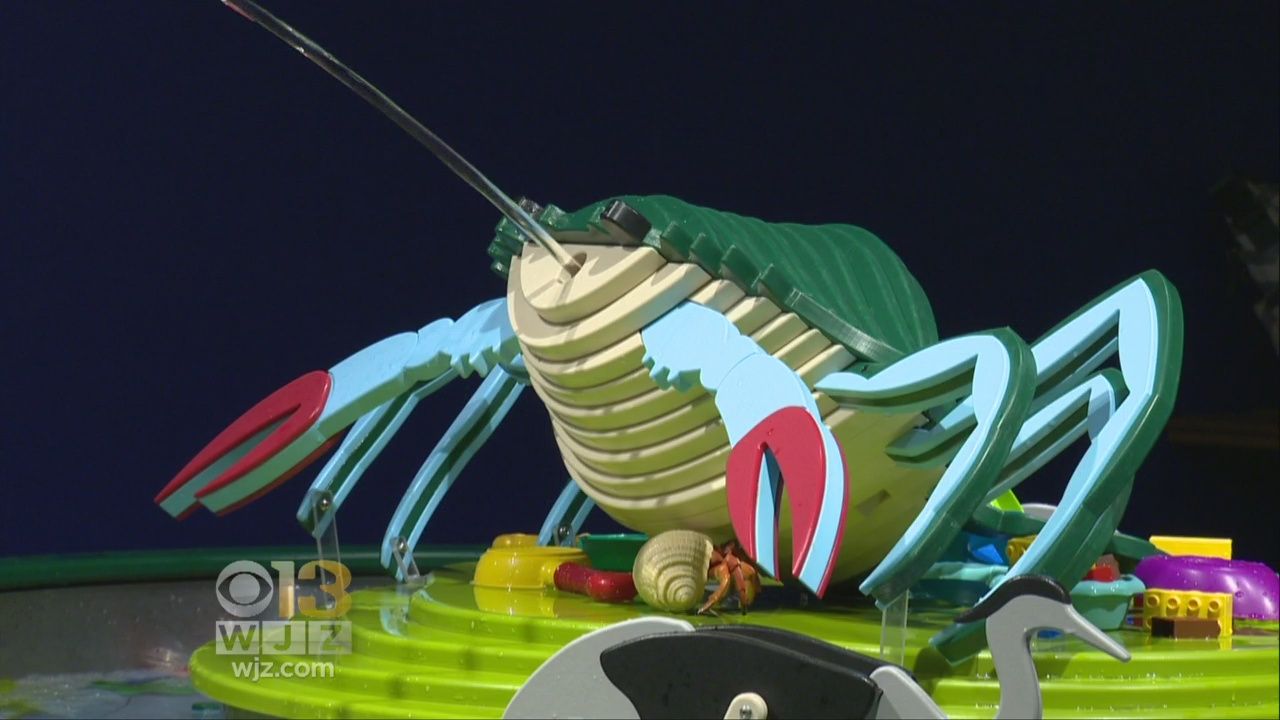
BALTIMORE (WJZ) — Two new permanent exhibits just opened at the Maryland Science Center, capturing the imagination of children of all ages.
The two new exhibits are titled “Science Aglow” and “Water Play.”
Science Aglow is an exhibit on the Electromagnetic Spectrum. It was developed and built in-house, involving topics of light, radiation, energy and optics. Kids can capture their shadow, use infrared cameras, experiment with light sensors, and observe how different animals view light.
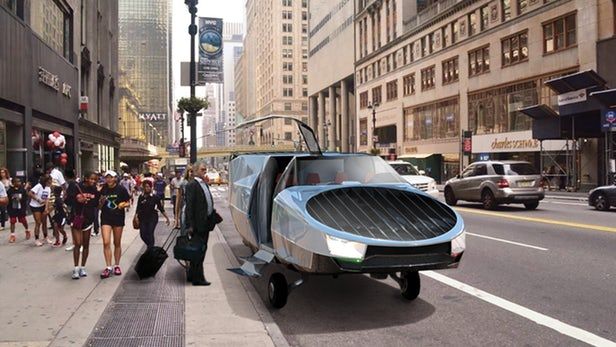
Israel’s Urban Aeronautics (UA) has announced it’s going into full-scale development of its CityHawk VTOL flying car. The first manned flights of this hybrid-powered, 170 mph six-seater will take place in 2021–22, after which it’ll be converted to run on hydrogen fuel cells.
The race to produce safe, powerful and affordable solid-state lithium batteries is accelerating and recent announcements about game-changing research using a solid non-flammable ceramic electrolyte known as garnet has some in the race calling it revolutionary.
“This is a paradigm shift in energy storage,” said Kelsey Hatzell, assistant professor of mechanical engineering. A paper – “The Effect of Pore Connectivity on Li Dendrite Propagation Within LLZO Electrolytes Observed with Synchrotron X-ray Tomography” – describing her novel research on the failure points of a garnet electrolyte was published online in March in the American Chemical Society’s Energy Letters, which was among the most read ACS Letters articles that month.
Lithium-ion batteries typically contain a liquid organic electrolyte that can catch fire. The fire risk is eliminated by the use of a non-flammable garnet-based electrolyte. Replacing liquid electrolytes with a solid organic like garnet also potentially lowers the cost by increasing battery life.
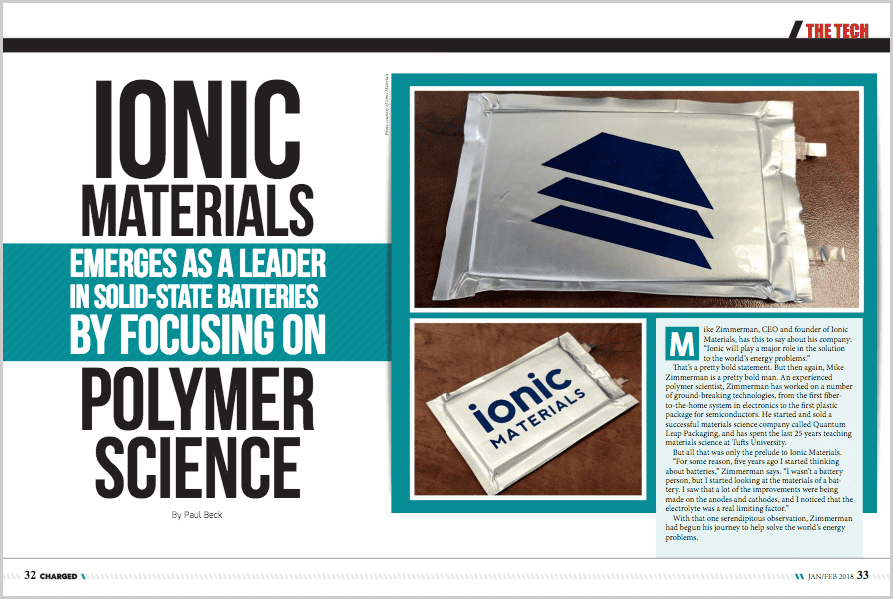
Ionic Materials received an investment from Hyundai Cradle. Ionic Materials has a polymer electrolyte that can make higher performing and safer solid-state batteries. Prototype batteries with Ionic Materials’ solid plastic electrolyte can enable higher energy densities at low cost.
Properties of Ionic Materials polymer
Up to 1.3 mS/cm at room temperature Lithium transference number of 0.7 High voltage capability (5 volts) Can accommodate high loadings in the cathode High elastic modulus Low cost precursors Stable against Lithium Conducts multiple ions.

Their task was to ensure that the radioactive materials did not fall into the wrong hands on the way back to Idaho, where the government maintains a stockpile of nuclear explosive materials for the military and others.
To ensure they got the right items, the specialists from Idaho brought radiation detectors and small samples of dangerous materials to calibrate them: specifically, a plastic-covered disk of plutonium, a material that can be used to fuel nuclear weapons, and another of cesium, a highly radioactive isotope that could potentially be used in a so-called “dirty” radioactive bomb.
But when they stopped at a Marriott hotel just off Highway 410, in a high-crime neighborhood filled with temp agencies and ranch homes, they left those sensors on the back seat of their rented Ford Expedition. When they awoke the next morning, the window had been smashed and the special valises holding these sensors and nuclear materials had vanished.